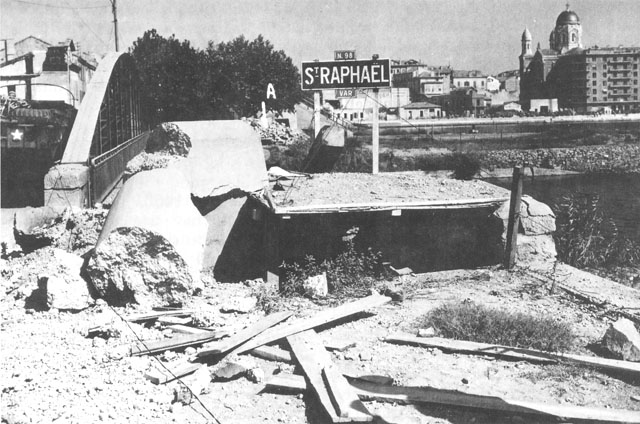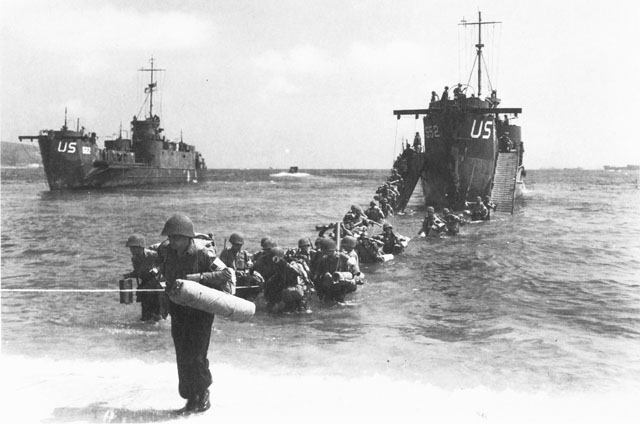The Allied invasion of Southern France
The second invasion of France, aimed to speed up the liberation of the country and to capture the large harbours of Southern France, was much smaller in scope than the massive D-Day in Normandy. The opposing German forces were also much weaker in number and quality.
Initially the Allies had planned to land in the Provence simultaneously with the landing in Normandy. However, even the massive Allied war machine could not sufficiently support two large-scale amphibious operations in Europe at the same time. Therefore operation Dragoon had been postponed.
Longer-than-anticipated fighting in Normandy and the growing realization that ports in Northern France would not suffice for unloading all the necessary supplies led the Allied planners to revive the Provence plan.
The troops selected for the operation were the U.S. VI Army Corps and the French ‘Army B’, later the 1st Army, commanded by general Jean de Lattre de Tassigny. They were supported by some airborne units, numerous aircraft and a large naval armada. They were to face the German 19th Army, composed mostly of third-rate units, as most of the crack units had been withdrawn to stem the growing Allied pressure on Normandy front. Also the defences were nowhere near as strong as the Atlantic Wall in Northern France.
The Allies landed in the morning of 15th August, and quickly overran German defences, aided by the French Resistance. Still, the Germans forces were able to conduct a fighting retreat in the Rhone valley, delaying the American advance. Meanwhile French units liberated Marseille and Toulon, thus capturing two large harbours, which were to play a significant part in supplying the Western front. In mid-September Allied units advanced from Southern France met with victorious units attacking from Normandy, forming the Western Front.
Four weeks of fighting cost the Allies about 25,000 casualties; the German army lost about 150,000 men, mostly prisoners.


